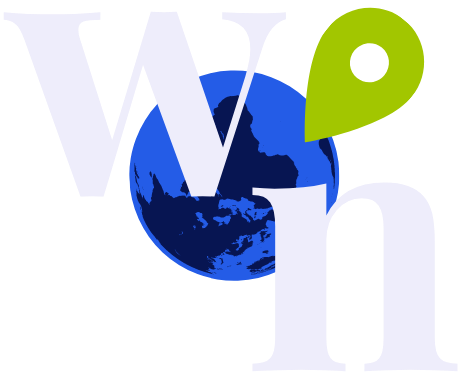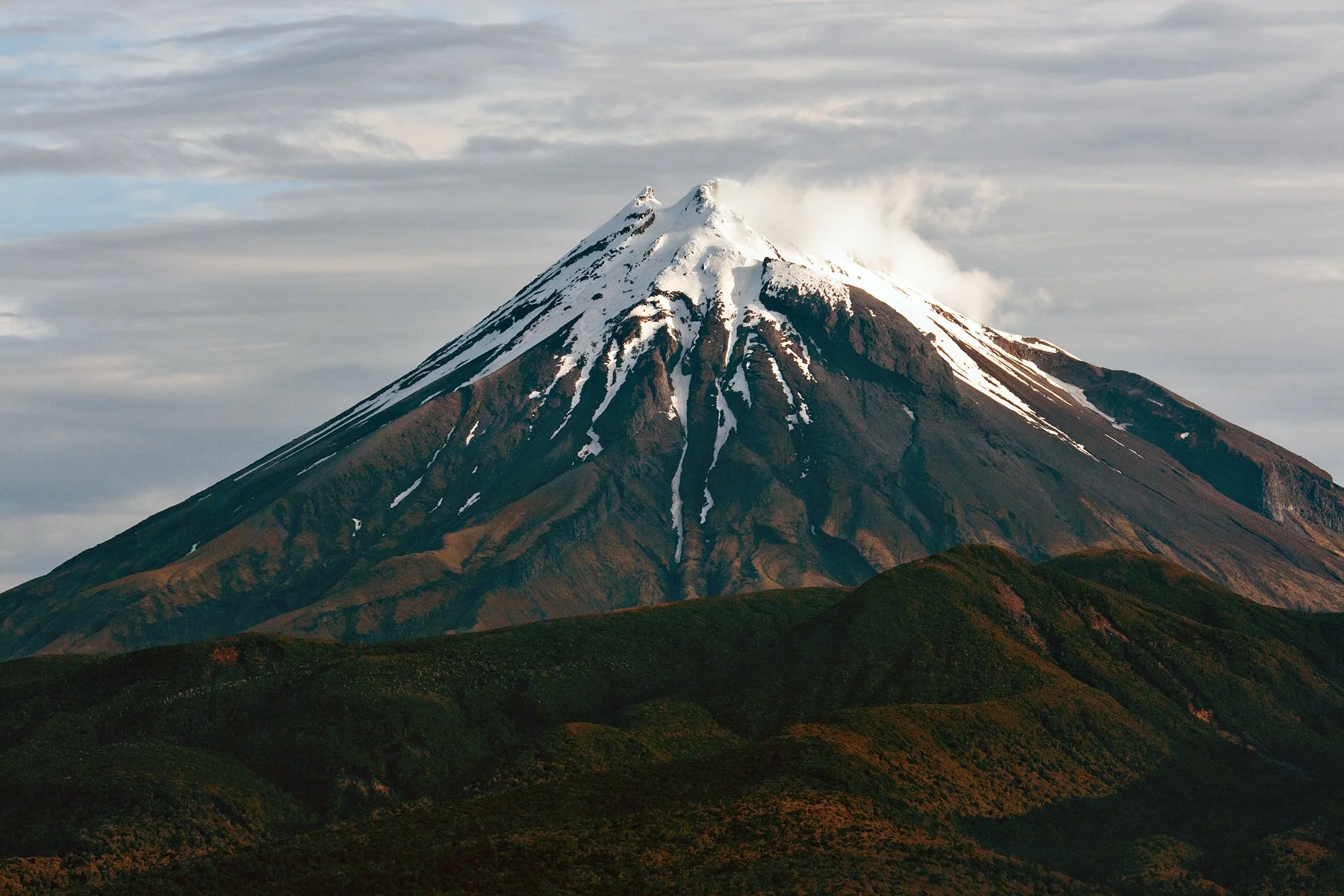Global Indigenous Peoples News Bulletin #9 (October 2025)
This bulletin devoted to Global Indigenous Peoples News, part of the Glocal Exchange project of Weave News, seeks to highlight some of the current issues from Indigenous communities in different parts of the world. The focus of the bulletin is aligned with the overall purpose of the Glocal Exchange project, which examines globalization through its impact from the perspective of local communities. It also supports the Weave News mission to “investigate and report about contemporary issues that are either underreported by establishment and other corporate media or reported in a way that excludes essential context, perspectives, and voices.” These are “issues that have a strong justice component and that reveal connections across communities, borders, struggles, and experiences.”
Indigenous Peoples and energy transition minerals and metals
As the demand for lithium, cobalt and copper is expected to triple by 2030 and quadruple by 2040, countries are racing to secure the minerals needed for production of a wide range of technologies. Reuters reports that Indigenous Peoples are “caught between a rock and a hard place” amidst the so-called energy transition. “One academic study found that more than half of energy transition minerals and metals are located on or near the lands of Indigenous people,” the report notes, “with Indigenous lands on 85% of lithium reserves and 75% of manganese.”
At a September 2025 protest in Cuenca, Ecuador, a man covered in waste generated by a local mining project speaks to a reporter. (Photo: martinvascoalejandro, CC BY-SA 4.0, via Wikimedia Commons)
One of the main Indigenous rights that is being violated is the right to free, prior and informed consent (FPIC) - in this case, the right of Indigenous Peoples to decide what projects are carried out on their lands and how their resources are used. United Nations Guiding Principles on Business and Human Rights state that regardless of whether national legislation is in place or not, companies should respect internationally recognized human rights.
“Mining companies and their investors,” concludes the Reuters report, “are starting to understand that a transition built on exploitative supply chains of minerals is not simply unjust, it is unstable, unpredictable and, ultimately, unsustainable.”
Indigenous Peoples and AI
Meanwhile, UNESCO highlights a report that provides “guidelines for Indigenous data sovereignty in artificial intelligence (AI) developments.” Titled Inteligencia artificial centrada en los pueblos indígenas: perspectivas desde América Latina y el Caribe (Indigenous People-Centered Artificial Intelligence: Perspectives from Latin America and the Caribbean), the report looks at best practices and guidelines for the participatory inclusion of Indigenous communities in the development of AI technologies and projects in the region.
According to UNESCO, these guidelines “stress the determinations of Indigenous people and the proper management of their data to respond to the countries’ commitments to cultural and linguistic diversity, the right to education sensitive to their reality, and the pursuit of sustainable development.” The main takeaway is that when Indigenous data are digitized, this must be done in a way that “guarantee[s] their right to self-determination and to govern their data; to use them under their values and common interests; the free, prior and informed consent for their collaborative participation; and ensure their privacy and intellectual property rights.”
The movement for the rights of nature
As corporations are increasingly exploiting the Earth's resources, a new article published by Intercontinental Cry details how nature is regaining rights all over the world. Author John Ahni Schertow argues that for Indigenous Peoples, this represents a return to traditional law that colonial systems tried to erase. It also signifies “reimagining economies built on extraction, challenging governments that treat ecosystems as expendable, and creating guardianship that is rooted in responsibility.”
Mount Taranaki photographed from near the sea cliffs at Tapuae.(Photo: Dave Young, CC BY 2.0, via Wikimedia Commons)
Examples highlighted in the IC article include:
Aotearoa (New Zealand), the Whanganui River and Mount Taranaki were both granted legal personhood in 2017.
In Colombia, the Constitutional Court of Colombia declared in 2016 that the Atrato River had rights to “protection, conservation, maintenance, and restoration.”
In 2021, the Innu Council of Ekuanitshit and the Minganie regional municipality declared the Magpie River in Quebec to be a legal person.
In 2020, the Yurok Tribe passed a resolution recognizing the Klamath River’s rights to exist, flourish, and regenerate.
In Ecuador, in one of the first successful applications of Ecuador’s constitutional rights of nature, residents in 2011 sued on behalf of the Vilcabamba River for its restoration and won.
In 2022, Panama passed legislation recognizing the Rights of Nature, declaring that the environment and its ecosystems are “subjects of rights” with legal standing.
In Peru, a local women’s association led the effort to secure legal personhood for the Marañón River in 2024.
In 2022, Mar Menor in Spain became Europe’s first ecosystem with legal personhood.
Indigenous Peoples Day
The second Monday in October — which in 2025 was October 13 — is a United States federal holiday officially known as Columbus Day, but more than 20 states and over 130 cities and towns now recognize it in some form as Indigenous Peoples Day instead. Axios reports that such steps reflect “a growing national effort to recognize Native American history and resilience over honoring Christopher Columbus, whose legacy is tied to colonization and violence against Indigenous peoples.”
The fallen Christopher Columbus statue outside the Minnesota State Capitol, St. Paul, Minnesota. (Photo: Tony Webster, CC BY 2.0, via Wikimedia Commons)
Since the early 1990s, Native American advocates and allies have been pushing states to swap Columbus Day for Indigenous Peoples Day. In 2021, President Biden became the first president to issue an official proclamation commemorating Indigenous Peoples Day. The Trump administration, however, has sought to roll back such steps, with President Trump issuing a proclamation designed, in his words, to bring Columbus Day “back from the ashes.”
Activists have also sought to change the way the holiday, and the history it references, are marked in public space. In one of the most famous cases, protesters organized by members of the American Indian Movement (AIM) toppled the statue of Columbus located outside the Minnesota State Capitol in St. Paul. This year, conservative activists have been calling on the state’s governor, Tim Walz, to restore the statue.
So, even if the White House only released a proclamation for Columbus Day - nothing for Indigenous Peoples’ Day - one Native author declares that “we celebrate Indigenous Peoples’ Day because it tells a more accurate story.” The statement published in Native News Online continues:
It’s a day that recognizes the resilience of Native peoples — the original stewards of this land — and affirms our place in the present and the future, not just the past. But even if this day weren’t on the calendar, we would still be here, still celebrating our cultures, still fighting for our rights, and still loving our people. We carry forward languages that were nearly lost. We raise our children with teachings that go back generations. We protect sacred lands and sacred stories. We organize, vote, protest, create, lead, teach, and thrive. And we do it all while navigating the ongoing realities of colonization, invisibility, and erasure. Indigenous Peoples’ Day is not just a counterpoint to Columbus Day—it’s a declaration. A refusal to be erased. A reminder that we are more than what happened to us. We are who we have always been. So yes, even though the powers that be chose not to recognize us this year, we still recognize ourselves. We always have.”




